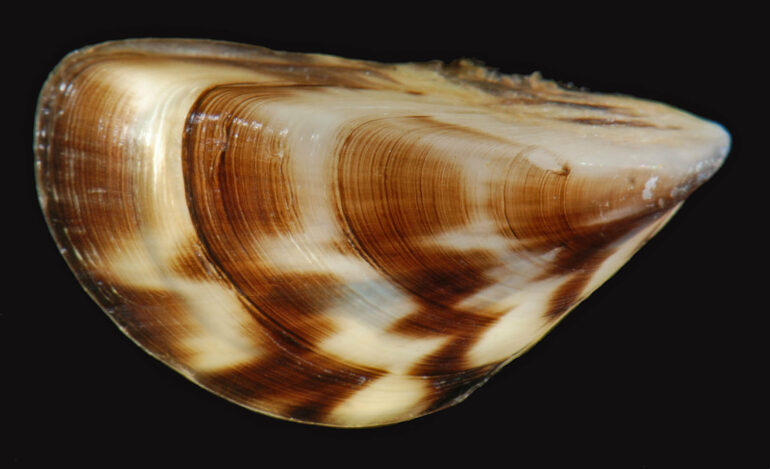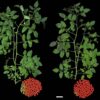A recent study from researchers in Canada and Germany has revealed that an unlikely event, occurring over 12 million years ago, played an important role in shaping one of Canada’s most damaging invasive species.
Zebra and quagga mussels, belonging to the Dreissenid family, are widespread freshwater invasive species throughout North America that present a significant danger to native ecosystems by competing for resources. Using a fibrous anchor called a byssus, Dreissenid mussels contribute to biofouling on surfaces and obstruct intake structures in power stations and water treatment plants.
“This new study, which looks into the way these mussels stick to surfaces, may help improve strategies against biofouling, a problem causing millions in damages in Canada alone,” says co-author and lead McGill Professor Matthew Harrington.
Surprisingly, researchers discovered that a previously undocumented event contributed to Dreissenid mussel’s resilience as a species.
University of Göttingen Professor and co-author Daniel J. Jackson explains, “More than 12 million years ago, it is likely that a single bacterium transferred genetic material into a single mussel, endowing its descendants with the ability to make these fibers. Given their crucial role in mussel attachment in freshwater habitats, this horizontal gene transfer event supported the harmful global expansion of these mussels.”
This research, marking important progress in the understanding of invasive mussels and their attachment mechanisms, could offer potential solutions to mitigate their environmental and economic impact in Canada.
The study also sheds light on how mussel fibers could inspire the development of sustainable materials.
Sustainable materials inspired by mussel biology
“This research not only advances our understanding of mussel evolution and biofouling but also presents an exciting opportunity for the development of novel materials,” said Harrington, who is also co-director of McGill Institute of Advanced Materials. “Dreissenid byssus fibers, which resemble spider silk structurally, could inspire the future development of tough polymer fibers, contributing to more durable and sustainable materials typically used in textiles and technical plastics.”
“We found that the building blocks of the fibers are massive coiled-coil proteins, the largest ever found,” Harrington said. These proteins, structurally similar to those found in human hair, were found to transform into silk-like beta crystallites through the simple application of stretching forces during formation.
This fiber fabrication method is much simpler than spider silk formation, potentially offering an easier route toward the biotechnological manufacture of sustainable fibers—an industry currently dominated by artificial spider silks.
The paper is published in the journal Proceedings of the National Academy of Sciences.
More information:
Miriam Simmons et al, Invasive mussels fashion silk-like byssus via mechanical processing of massive horizontally acquired coiled coils, Proceedings of the National Academy of Sciences (2023). DOI: 10.1073/pnas.2311901120
Citation:
New insights into Zebra mussel attachment fibers offer potential solutions to combat invasive species (2023, December 8)



